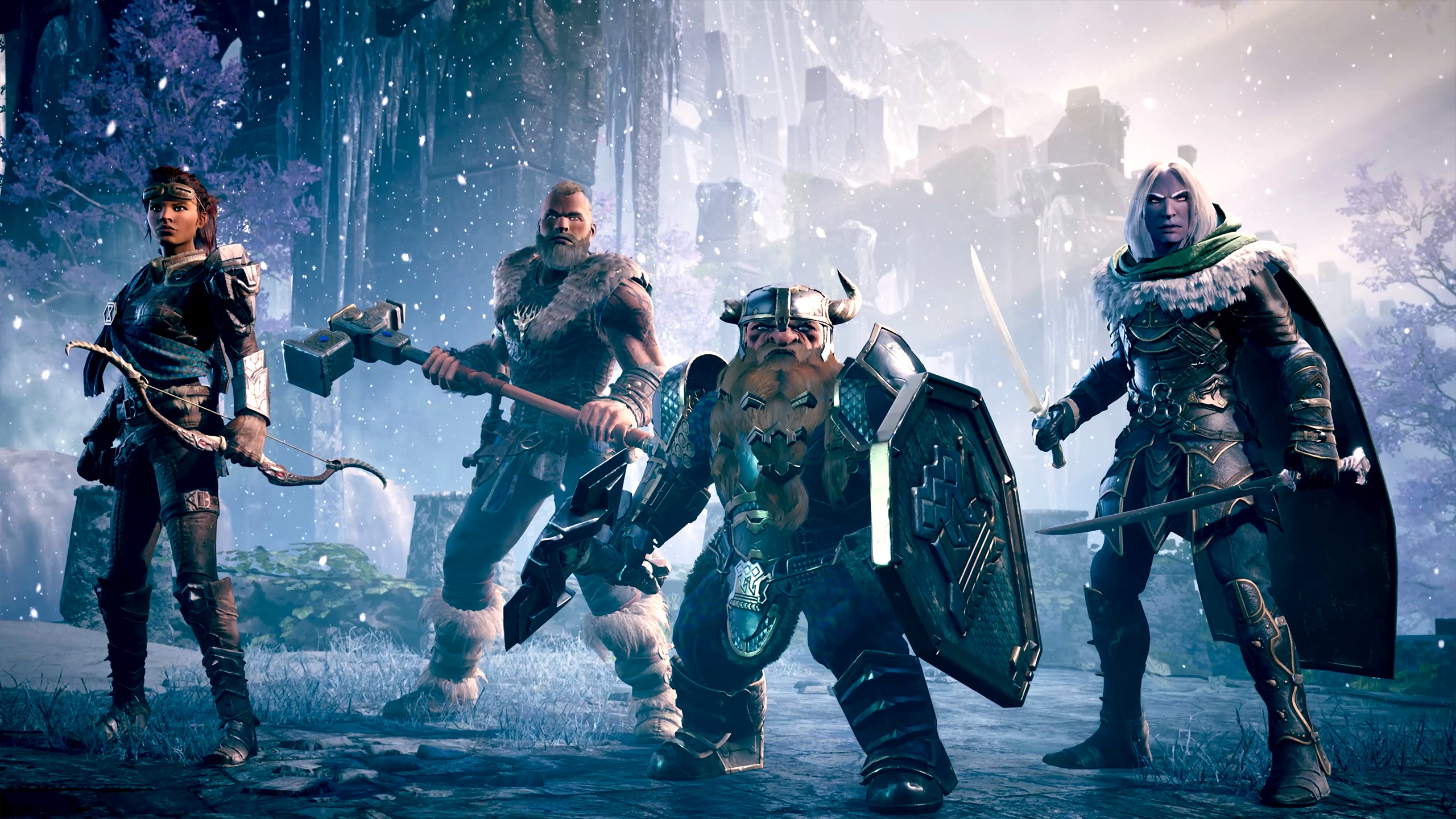Dungeons & Dragons: Dark Alliance may be a game that emphasizes action over role-playing, but anything project that includes Drizzt Do’Urden and the Companions of the Hall is going to end up adding to the lore of the Forgotten Realms.
And world-building and lore might just be the biggest strength of Tuque Games, the makers of Dark Alliance.

Unlock premium content and VIP community perks with GB M A X!
Join now to enjoy our free and premium membership perks.
![]()

![]()